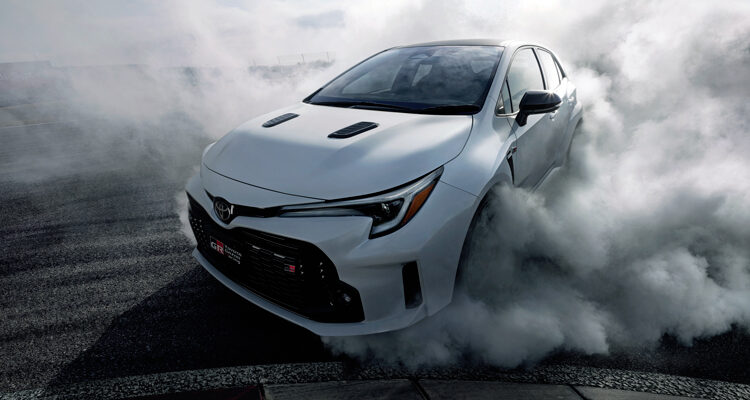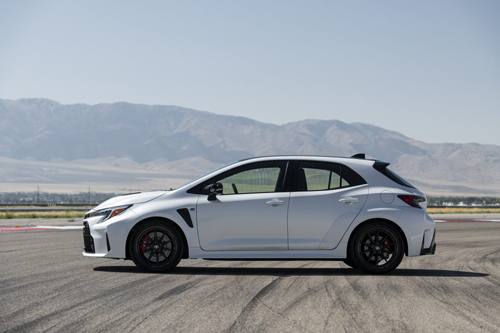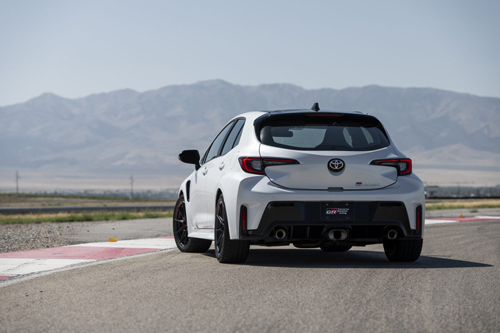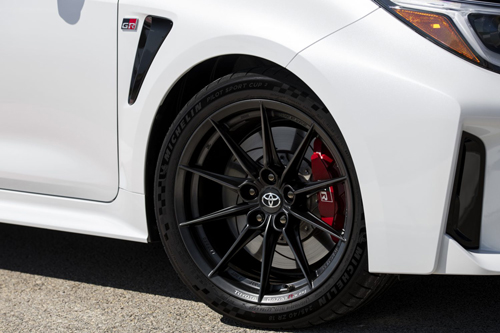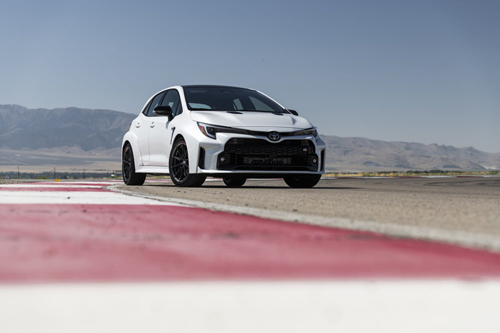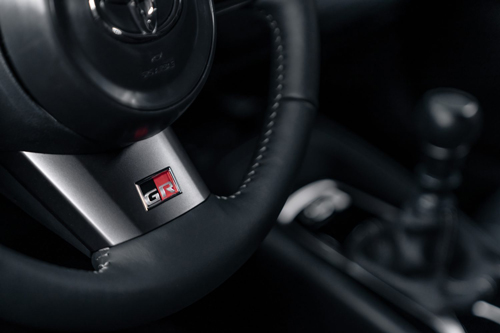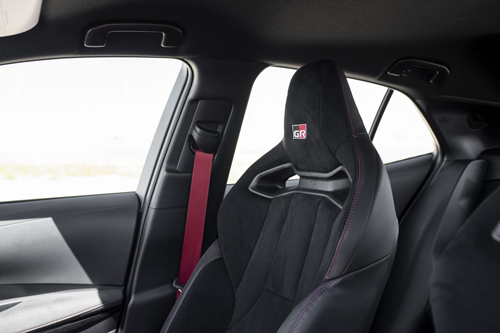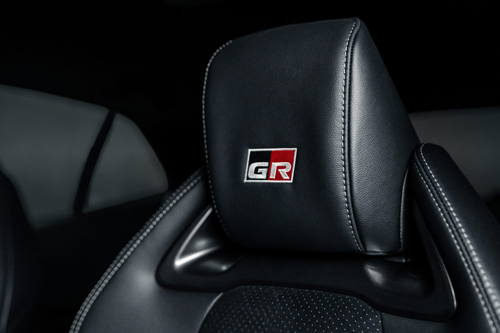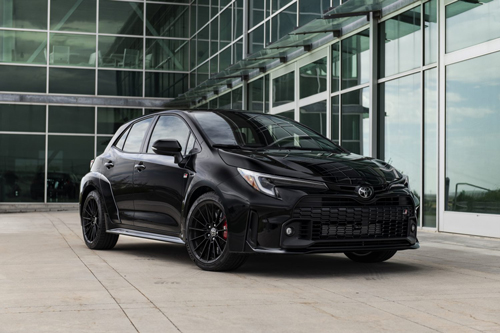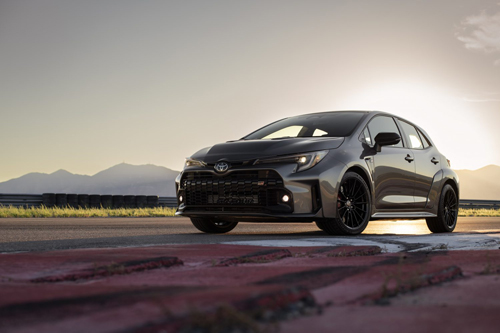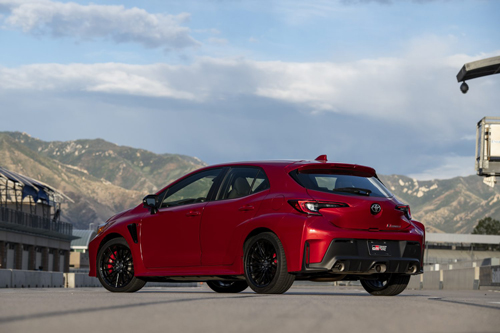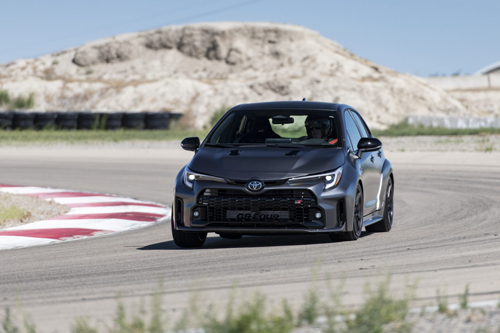Tooele, Utah — It’s rarely a bad day for automotive scribes when a manufacturer chooses to showcase its products on a racetrack. The day gets better when the track happens to be fast and flowing in nature, such as the configurations on offer at Utah Motorsports Campus, a half-hour outside Salt Lake City. Things reach a crescendo when said manufacturer places next-to-no-limits on the number of laps allowed, apart from the sun setting on an early September day.
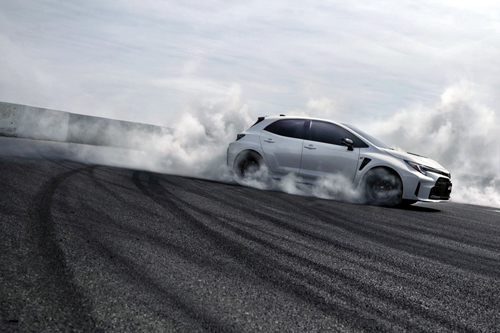
While it may be surprising to some, the manufacturer in question is Toyota. Now, some out there may still consider the beige Corolla to be the poster child for the entire Toyota brand. But look again: Over the past few years, Toyota has become a legitimate enthusiast brand. Name another manufacturer that competes in such diverse motorsports series as NASCAR, the Dakar Rally, Le Mans, NHRA, Formula Drift and the World Rally Championship. Go on—we’ll wait.
On this no-holds-barred day, the Toyota concern brought its full complement of GR (for GAZOO Racing) road-going vehicles for the North American market—the GR 86, the GR Supra and the spotlight vehicle, the GR Corolla. In terms of race pedigree, all three have links to production-based series somewhere in the world.
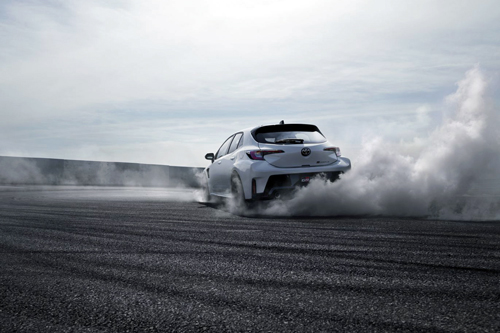
The GR Corolla is mechanically similar to the GR Yaris, which forms the basis of the Toyota World Rally Championship car. The Corolla and Yaris share an engine, 6-speed manual transmission, front and rear Torsen limited-slip differentials and GR-Four driver-selectable AWD system. The reason Toyota didn’t just opt to bring the GR Yaris to our shores? Simple: The Corolla body style is a 5-door hatchback, while the Yaris is a 3-door.
On this fine sunny day in Utah, all three versions of the GR Corolla came out to play—the Core, the limited Circuit Edition and the strictly limited MORIZO Edition. For the uninitiated, “Morizo” is the “nom-de-zoom” for Toyota president Akio Toyoda, the name he uses when racing in events such as the 24 Hours of Nürburgring. (Yes, the president of Toyota has taken on the Green Hell—in 2009, he was part of the team that hauled a Lexus LF-A Prototype to a fourth-place finish in class.)
First, let’s compare and contrast the three different versions of the GR Corolla.
All three are powered by a turbocharged 1.6-litre 3-cylinder engine. For the Core and Circuit versions, this engine pumps out 300 horsepower and 273 pound-feet of torque. The Morizo gains specific engine tuning that raises torque to 295 lb-ft with peak pulling power available from 3250 to 4600 RPM.
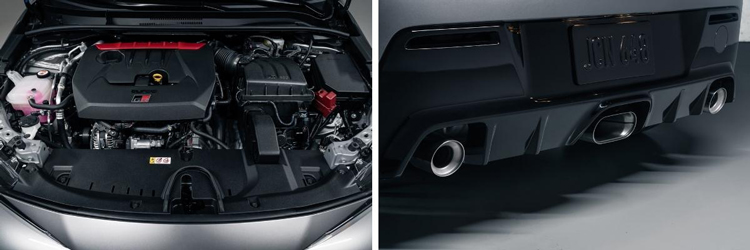
All three GR Corollas are fitted with a 6-speed manual transmission (no lame automatic options here!); the Morizo benefits from a close-ratio version of said transmission and specific differential gear ratios for quicker acceleration. All versions feature automatic rev matching on downshifts, a handy feature for anyone whose heel-and-toeing is a bit on the rusty side.
The GR-Four AWD system was developed in collaboration with the TOYOTA GAZOO Racing World Rally Team and features driver-selectable torque split settings. With the turn of a dial, you can toggle from a 60/40 front/rear torque split to a 30/70 split for situations that call for increased drifting to a 50/50 split, the optimal setting for track driving.
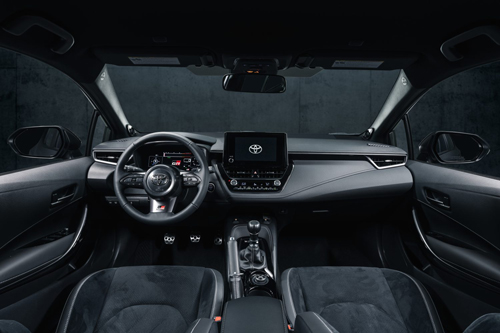
Speaking of track driving, there were plenty of examples of all three models to sample on this fine day. We took to the East Loop of Utah Motorsports Campus, a challenging layout with appropriate corner names like “Agony,” “Ecstasy” and “Maybe Y’ll Makit.” Being a methodical fellow, yours truly began with the GR Corolla Core, progressed to the Circuit Edition, concluded with the Morizon Edition, then started all over from the beginning again.
The consensus among the reviewers on the day was that the Circuit Edition was the go-to choice. From my perspective, though, the Morizo Edition offered simply a better overall track driving experience. While the Circuit did have Torsen front- and rear limited-slip differentials (for the Canadian market, these are also standard on the Core) and it did handle the track well, the Morizo never seemed stressed at all through turns either fast or slow.
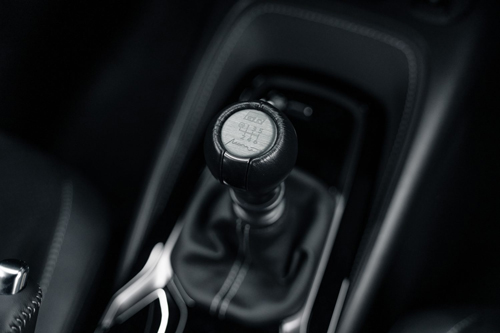
Compared to the other models, the Morizo benefits from an intensive weight reduction and strengthening campaign. The Circuit Edition features a forged carbon fibre roof. The Morizo adds to this by including forged wheels and deleting the back seat, creating a savings of some 50 kg. The weight factor—combined with the superior acceleration, unique suspension tuning and unbelievable grip from the wider Michelin Pilot Sport Cup 2 tires—combine to make the Morizo a different animal altogether.
There wasn’t a single spot on the track where the Morizo felt incapable of cornering at speed, or hauling the car down from speed or powering out of a tight corner without inducing understeer. It felt like a car that was so well-sorted, it could’ve accommodated far more engine performance and managed it with perfect composure.
This is not to say that the GR Corolla Core or Circuit Edition are not worthy of the “hot hatch” designation. It’s just that the Morizo Edition is a more perfect example of this sub-category of vehicle. As such, the GR Corolla Morizon Edition takes its place among hot hatch legends current and past, including the Honda Civic Type R, VW Golf Rand, my all-time favourite, the Ford Focus RS.
The 2023 Toyota GR Corolla Core is on sale now and starts at $45,490 (CAD). The Circuit Edition, which will be offered only during the first year of production, goes on sale in early 2023. It rings the cash register at $53,990 (CAD). The Morizo Edition, of which there will only be 10 examples available for Canadians, lands at $59,990 (CAD). Act fast or risk a lifetime of regret.



